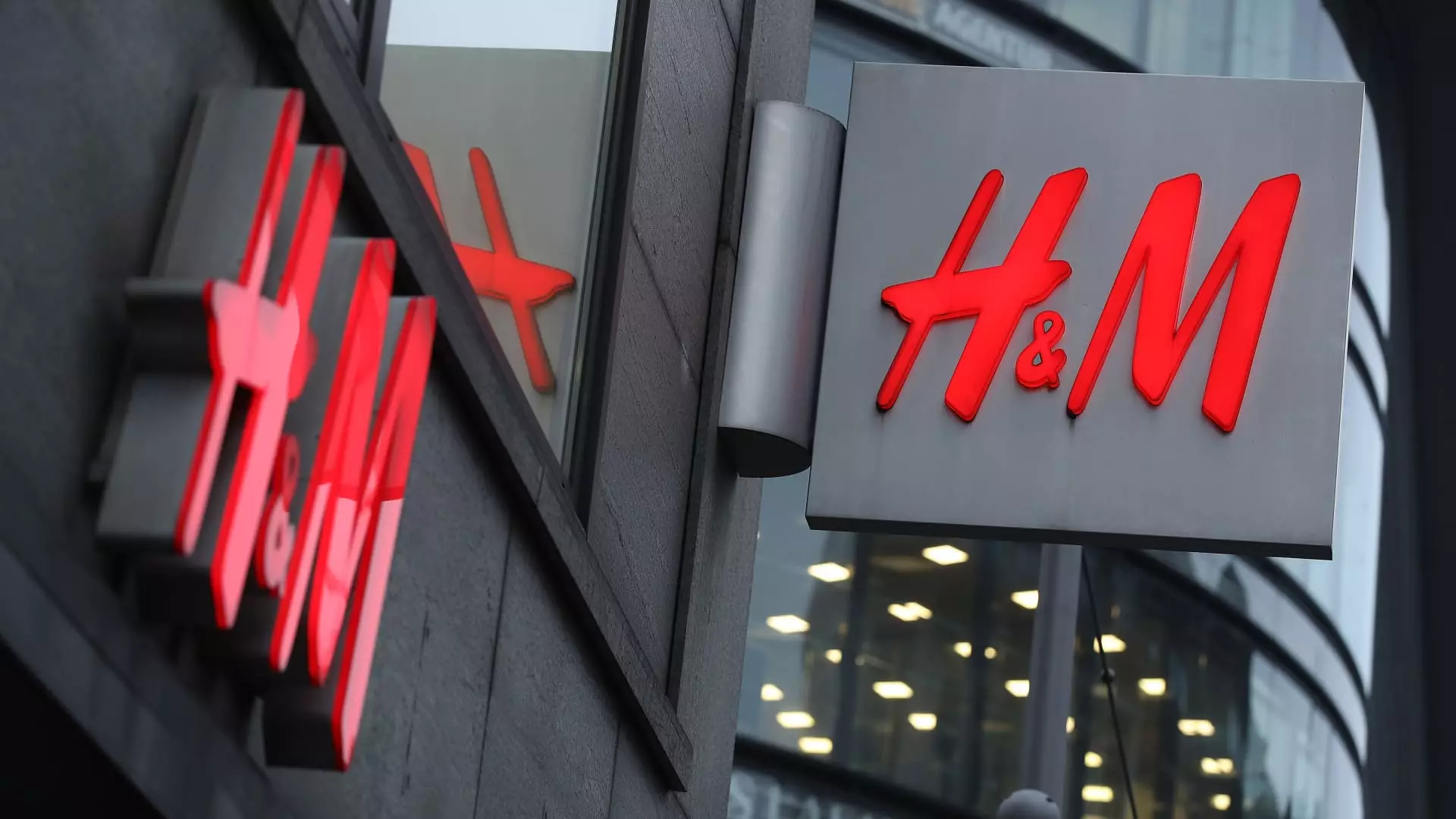H&M’s recent financial report has shaken investor confidence, with shares plunging by as much as 8% following the announcement of lower-than-expected operating profits. For the fiscal third quarter, the Swedish fast-fashion giant recorded an operating profit of 3.51 billion Swedish crowns (approximately $345.8 million), a stark decline from the 4.74 billion crowns earned during the same period last year. This disappointing figure not only fell short of analyst predictions—who had anticipated profits around 4.93 billion crowns—but also raised serious questions about the retailer’s future profitability and strategic direction.
In a move that many analysts view as precautionary, H&M has abandoned its earnings margin target for 2024. This decision, announced amid warnings of increasingly difficult market conditions, casts further doubt on CEO Daniel Ervér’s ability to navigate the company through these choppy waters. Just eight months into his tenure, Ervér has articulated a vision for creating “unbeatable value for customers and profitable growth,” yet the current trajectory suggests that achieving these ambitious goals may require significant adjustments to the company’s strategy.
Recent months have presented myriad challenges for H&M, including unfavorable weather patterns, soaring living costs, and a noticeable dip in consumer spending in the aftermath of the pandemic. These external factors have not only affected retail sales broadly but have also pressured the fast-fashion sector in particular. Competing against heavyweights like Inditex, the parent company of Zara, and agile newcomers such as Shein, H&M faces an uphill battle in maintaining its market share. In Ervér’s own words, the brand is now forecasting that its operating margin may dip below 10% this fiscal year, shifting the outlook toward a less optimistic scenario.
Following the release of the earnings report, H&M’s stock price reacted negatively, slipping approximately 4% shortly after trading began in London. This downturn positioned the company as one of the most poorly performing stocks in the pan-European Stoxx 600 index. Analysts at UBS highlighted several critical areas of concern within H&M’s financial landscape, including a sharp rise in markdown costs and challenges related to sales performance in local currency. The company’s strategy to reduce its net store count also raised eyebrows, as it may indicate a significant shift in H&M’s long-standing business model.
As H&M navigates these tumultuous waters, the stakes are high for both management and shareholders alike. The retailer’s ability to adapt to shifting market dynamics and consumer preferences will be crucial in determining its future trajectory. While Ervér expresses confidence in the company’s long-term plans, the short-term outlook remains fraught with uncertainty. Investors and analysts will be closely monitoring H&M’s next moves as it attempts to regain its footing in a fiercely competitive and evolving retail landscape.

